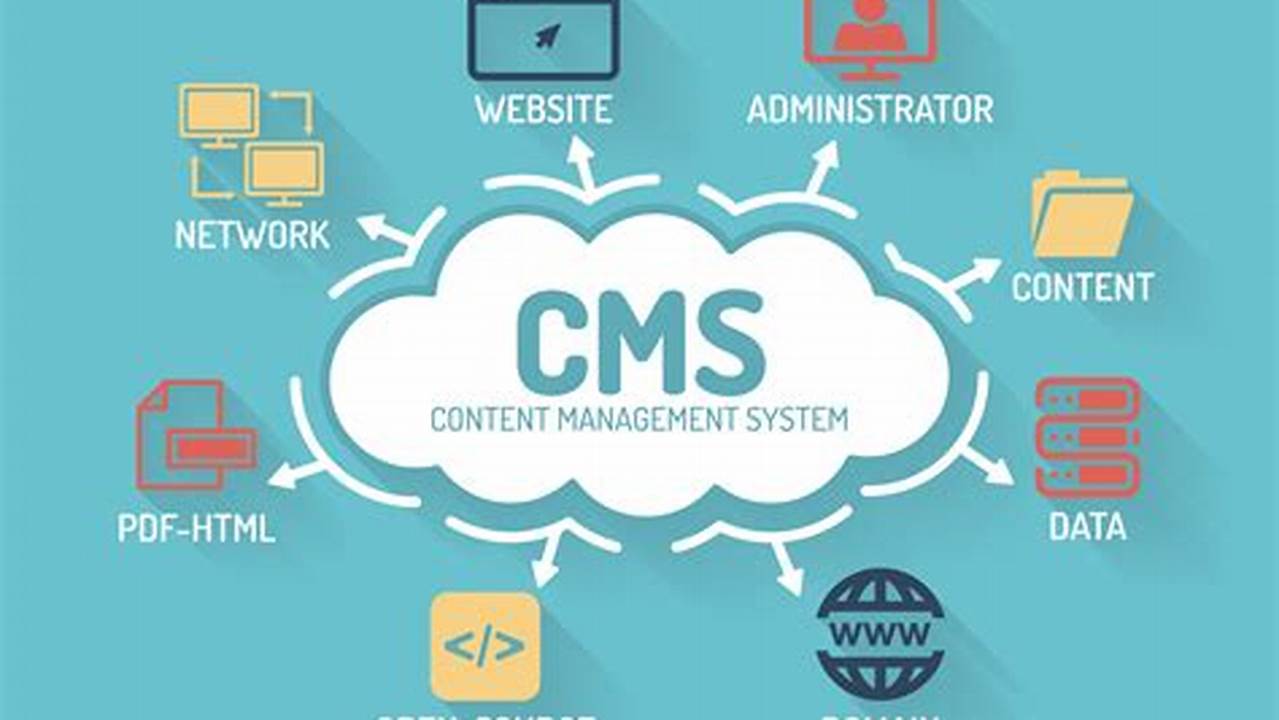This guide explores the world of platforms designed to simplify website creation and management, empowering users to build and update online content without requiring extensive technical expertise. These platforms offer a structured approach to content creation, storage, and delivery, streamlining the entire process from initial design to ongoing maintenance.
Intuitive Interface
User-friendly interfaces simplify content creation and editing, making it accessible to individuals with varying technical skills.
Centralized Content Management
All website content is managed from a single location, eliminating the need for manual updates across multiple files and folders.
Template-Based Design
Pre-designed templates provide a starting point for website creation, saving time and effort in the initial design phase.
Customization Options
Flexibility in design and functionality allows users to tailor websites to specific needs and branding requirements.
Collaboration Features
Multiple users can collaborate on content creation and editing, enhancing workflow efficiency.
Version Control
Tracking changes and reverting to previous versions ensures content integrity and facilitates collaborative editing.
SEO Optimization
Built-in tools and features support search engine optimization, enhancing website visibility and organic traffic.
Scalability
These platforms can adapt to evolving website needs, accommodating growth in content and traffic.
Security Features
Robust security measures protect website content and user data from unauthorized access and cyber threats.
Extensibility
Integration with plugins and extensions enhances functionality and allows for customization beyond standard features.
Tips for Selecting the Right Platform
Consider website goals, content type, technical expertise, and budget when choosing a suitable platform.
Planning Your Content Strategy
Develop a comprehensive content strategy that aligns with overall business objectives and target audience needs.
Optimizing Content for Search Engines
Implement SEO best practices to improve website visibility and attract organic traffic from search engines.
Regularly Updating Content
Maintain fresh and engaging content to enhance user experience and retain audience interest.
Frequently Asked Questions
What are the different types available?
Various types cater to different needs, including traditional, headless, and decoupled architectures, each offering varying levels of flexibility and control.
How do these platforms benefit businesses?
These platforms empower businesses to manage their online presence effectively, streamline content updates, and improve overall website performance.
What are the key features to look for?
Essential features include user-friendly interfaces, customizable templates, SEO tools, security features, and scalability options.
How can one get started with using one?
Numerous resources, including online tutorials and documentation, provide guidance on selecting, installing, and utilizing these platforms effectively.
What is the future of content management?
Emerging trends such as AI-powered content creation and personalized user experiences are shaping the future of content management.
How to choose the best CMS for your needs?
Choosing the right CMS depends on several factors, including your technical skills, budget, the type of website you want to create, and the features you need. Research different CMS options and compare their features and pricing before making a decision.
Leveraging the power of a robust platform empowers individuals and organizations to effectively manage their online presence, streamline content creation, and enhance user experience. By understanding the core principles and benefits, users can harness the full potential of these systems to achieve their digital goals.



